The King brothers, H.D. and Bob, didn’t arrive at the same time, but when they got here, they both got involved in the agricultural side of things in Muleshoe. Their endeavors had an impact on this farming town that are still evident today, and their families are still here keeping those memories alive.
Harold D. and Robert King were two sons of Benjamin Franklin and Effie Burch King. The family of five boys and two girls lived in Colorado City. They are, left to right: Robert (Bob) King; Dora Ethyl King Johns; Ollie Mae King Joiner; Otto Van (Bill) King; Harold Dottie (Dink) King; Bernice Franklin (Shark) King; Arthur King, and seated, their mom, Effie Burch King. Grandkids called her Mama King.
Photo courtesy of Doris Scoggin
I learned from this picture that H.D. stood for Harold Dottie, which might explain why he chose to go by his initials instead of his whole given name. Bob’s daughter Doris, however, said she just always called him Uncle Dink, a name some other family members attached to him as well. Brother Bernice apparently didn’t care for his given name, either, and went by Shark. Otto Van became Bill and of course, Robert was known here as Bob.
At some point, H.D. moved from Colorado City to Lubbock. Later, around 1937, he moved to Muleshoe and started buying grain from farmers. He would haul the grain in on trailers and in trucks and dump it on the ground in a vacant lot where the phone company had a switchboard office in one corner. That vacant lot is where First Bank, now Happy Centennial Bank, is located.
That pile of grain would eventually turn into the King Grain Company elevator and warehouses after H.D. suggested to brother Bob that he come to Muleshoe and help start a grain business complete with an elevator and storage warehouses. So Bob came, and since the two brothers knew about construction work and building things, they became the contractors of their own elevators and facilities.
I visited with Max and Pat King for this story, and as we were talking about the building of the elevators, Max shared this bit of history with me. “When they were working on the boot pit (the large underground area where grain is dumped before going into the elevator) they would build the forms and then come back the next day to pour the concrete.”
Max laughed and said, “They’d come back and the forms, (which were made of lumber) were just floating around on water in the hole they had dug. This kept happening, so they talked to Halliburton people in the oil field about how to fix this and were told to dig a couple of pumping wells nearby to pump water out of the ground so it wouldn’t go into the hole they had dug, and it worked.”
I asked Max what they did with the water that was pumped out, and he gestured with his hand and grinned, “It just ran down the street, I guess.”
Old-timers know that back in the day water was plentiful here; this is just an example of how high the water tables were back then. Max said you could dig postholes and hit water.
In April of 1939 Bob married Elizabeth Hutchinson, Lib, in Colorado City, and H.D. married Hope McClain in Muleshoe in March of 1941.
Lib Photo courtesy of Doris Scoggin
Hope on her 21st birthday Photo courtesy of Max and Pat King
But then in December Pearl Harbor was bombed by the Japanese. H.D. and Bob and their brother Shark, along with Gale Holt, Claude Riley, Don Smith, and others, went to Hawaii as carpenters to help rebuild after the destruction there.
The rest of the Muleshoe group probably left Hawaii about a year later like H.D. did, but he wound up in San Francisco where he had a job with Bethlehem Steel. Hope and first son Max joined him, and after about another year the family returned to Muleshoe and continued in the grain business.
H.D. used an existing elevator to store the grain he bought, but that elevator burned down. It was at this point that he convinced Bob to come to Muleshoe to help build their own elevator. When it was finished, it was the largest elevator between Lubbock and Albuquerque. The elevator was completed around 1950.
Photo courtesy of Max and Pat King
Before the elevator was completed, around 1949, Western Fertilizer Company was established to provide income during the off-season after the grain harvest. Western Fertilizer Company was across the street from King Brothers Grain and Seed Elevator, housed in a Wonder Building since Bob was a Wonder Building dealer along with the grain and fertilizer businesses.
Photo courtesy of Doris Scoggin
The grain and storage business and the fertilizer business were successful, but the brothers saw their personal interests focusing in different directions, so in 1954 they bought out each other’s interest in each business, and H.D. became the sole owner of the grain business, and Bob owned the fertilizer business.
The date has been lost, but sometime after the brothers went their separate business ways, Bob bought Muleshoe Liquified Gas and Lazbuddie Butane Gas Company from E.O. Baker and Ernest Kerr. Western Fertilizer Company became Western “66”. The Lazbuddie and Needmore offices of the gas companies Bob had purchased were kept to continue serving those customers. Bob had been a jobber for Phillips Petroleum and used their products, so “66” was appropriate in the name of the business.
Photo courtesy of Doris Scoggin
The King name is also associated with feed yards here. Max said as a teenager he and H.D. drove to California to sell milo to turkey and chicken farmers. “I would drive and he would observe,” Max said, and one thing H.D. observed were feed yards full of cattle. The only feed yard in this area at the time was in Sudan, and H.D. got the idea that he could do that here, too. A feed yard would provide a market for the grain stored in the elevators.
So, in 1960 H.D. bought some land on Kakawate Road (State Highway 1760) and completed the first feed yard, King Feed Lot, feeding cattle. Sheep were added later, but were discontinued. The feedlot had a contract with Swift Company for the finished cattle. H.D. could store grain, buy silage, ship grain to other markets, and feed some of that grain to the cattle that belonged to him and cattle of customers and Swift. The finished cattle would then be shipped to Fort Worth to be slaughtered. That location has since closed and other packing plants have opened in this area.
That feed yard was referred to as Yard I and was run by H.D. In 1966, another feed yard was built some distance down Kakawate Road and became Bailey County Feeders and was co-owned and run by Max, Jim Small, and Bob Clark. It was referred to as Yard II.
H.D. promoted and supported Muleshoe, serving on the school board and as mayor. He promoted the Industrial Foundation of Muleshoe, and the Stegall Opportunity Plan for West Texas State University, now West Texas A&M University. H.D. was a loyal supporter of Cal Farley’s Boys’ Ranch, enjoyed playing golf, and was a charter member of the Texas Cattle Feeders Association.
H.D. Photo courtesy of Max and Pat King
Bob was known for his innovations in the gas and fertilizer business in this area, focusing on providing plant food, fuels, and lubricants to his customers. Some of innovations included the use of anhydrous ammonia on the South Plains, having the first dry fertilizer blender in the area and the first high-floatation fertilizer applicator. He was the first to inject fertilizer into irrigation water, had the first fluid suspension fertilizer plant here, the first key-operated fuel outlets, and the first successful card-operated fuel outlet in Muleshoe. He was a member of the Masonic Lodge, which made Lib an Eastern Star and Doris a Rainbow Girl.
Bob Photo courtesy of Doris Scoggin
H.D. and Hope’s family grew, giving Max a sister Jeannie, and then brother Andy. These three have a half-sister, Geneva, from an earlier marriage to first wife Juanita whom he met while in Lubbock. Andy died in 2016, Jeannie died in 2022, but Max is still in Muleshoe with his wife Pat. This picture shows Max holding his brother Andy, Hope, H.D. , and Jeannie.
Photo courtesy of Max and Pat King
Pat and Max Photo courtesy of Max and Pat King
Bob and Lib had three children, Joe, Charles, and Doris. Doris said the joke between she and Charles was that Joe was always the favorite, so she sent me this picture of her mom and dad with the favorite child, Joe. Don’t worry, Joe was in on the joke, too, and pictures do exist of all three kids.
Photo courtesy of Doris Scoggin
This picture shows Bob and Lib’s children grown up and attending the wedding of Doris’ son Shane. Joe married Melba Johnson, Charles married Jan McVicker, and Doris married Kearney Scoggin. Left to right are Joe, Melba, Doris, Jan, and Charles.
Photo courtesy of Doris Scoggin
Ironically, Bob, who was the youngest King child, died first of a heart attack in 1959. Lib and the children ran the business for several years until Lib chose to be out of it, and Joe and Melba were in charge. Lib died April 16, 1999, and then Joe died an untimely death in 2011, after which Melba decided it was time to sell the business. Dale Oil Company in Muleshoe bought it and are still the owners today.
When harvest was over or the plowing and planting were done, farmers many times gravitated to the King Grain office for coffee and conversation. Friends and other businessmen from town also congregated there to visit. Many of the world’s problems were solved during these sessions and came to be known as board meetings, as office manager Joe Bob Stevenson always called them.
Photo courtesy of April Smith and Muleshoe High School Library
I was told that H.D. loved to tell stories on himself and many times would say “This is just too good to keep,” and then regale his audience with some funny situation he had gotten himself into.
H.D. continued with the grain elevator and storage business and the feed yards until he died in late 1984. King Elevator and Storage had opened in Amarillo in the late 60s, but was later sold. Max sold the feed lots in July of 1984 to Louis Reeder, but kept the other businesses going after H.D.’s death. The feed lots became West Tex Feed Yards until Mr. Reeder sold it again in 2008. Then around 1997 Max sold the grain elevator and storage business to ADM, ending a long and successful family business.
One story came up more than once as I researched this story. Cousins Joe and Max were born on the same day, March 18, 1942, eighteen hours apart. The story goes that Harold was trying to call Bob to tell him about Max being born, and Bob was trying to call Harold to tell him that Joe was on the way. Turned out the two boys were very close throughout their growing up years.
In fact, as these two grew up together and Max got himself into more than a few scrapes, Joe always said it would be a miracle if he lived long enough to get married. It seems that in high school it was always thought that Joe would marry Pat Barrett because they dated, but after high school things turned out differently. Joe went to University of Texas, or t.u. if you are an Aggie-had to get that in! Pat and Melba Johnson happened to both enroll at Texas Normal College and Teacher Training Institute, now University of North Texas. Melba decided to leave college for work in Dallas, but she and Joe traded dating trips between Austin and Dallas. In the meantime, Max was at Texas Technological College, now Texas Tech University. Based on his experience as an athletic trainer at Muleshoe High School, he became the trainer for the football team at Tech. But then Pat’s dad told her he would give her a car if she transferred to Tech to be closer to home, so she did, after which she and Max started dating. And as time marched on, Joe married Melba in 1962, and Max married Pat in 1965.
Joe, as it turned out, died before Max. In 2011 at his funeral, he got the last laugh, however, when the school song of his alma mater was played. As the family came down the aisle at First United Methodist Church, the congregation respectfully stood as “The Eyes of Texas” played. And I understand there were some in the audience who wondered why “I’ve Been Working on the Railroad” was playing, but most of us smiled as we knew Joe was smiling, too. He had gotten everyone to stand up for his school song.
After graduation in Austin, Joe and Melba moved back to this area and went to Levelland to help run the business there, eventually moving back to Muleshoe to help Lib with the business here. Max and Pat were here in Muleshoe and helped with the grain and feed yard operations. Joe and Melba had children Wade and Casey; Max and Pat produced Brett, Kevin, Lance, and Angie. H.D.’s other son, Andy, had three children, Phillip, Saleana, and Corninna; his daughter Jeannie never married and had no children. Bob’s other son Charles and his wife Jan had Sherri, Curry, and Shaely; his daughter Doris and former husband Kearney had Jason, Preston, Lashelle, and Shane. And they have all contributed grandchildren to carry on the King family history.
H.D. built a house on a hill at the edge of town. The story goes that H.D. did that so he could look to the west and see his feedlot, and look to the east and see his elevator.
So from 1937 to 2012, a business with the King name was part of the economic community in Muleshoe. Now in 2023 the Kings are still around. Some King-related buildings are still with us, some have disappeared, and businesses have changed hands, but the Kings and their legacy are still here.
Quite an accomplishment, I must say.
Thanks to Max and Pat King, Doris Scoggin, Melba King, Bill Liles, April Smith, Gary Hooten, Brett King, Sheila Stevenson, James Turnbow, and Jane Reeder for their help with this story.
Information also came from the Bailey County history book:
Tales and Trails of Bailey County , the first 70 years. Taylor Publishing Company; Dallas, Texas, 1988.
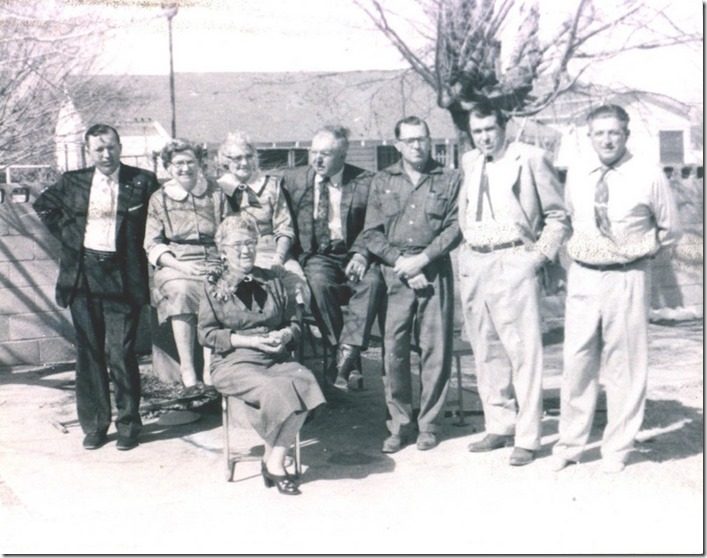
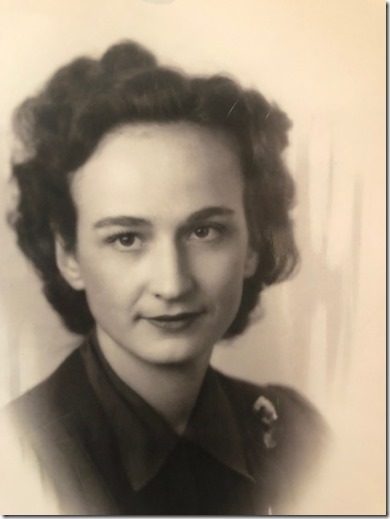
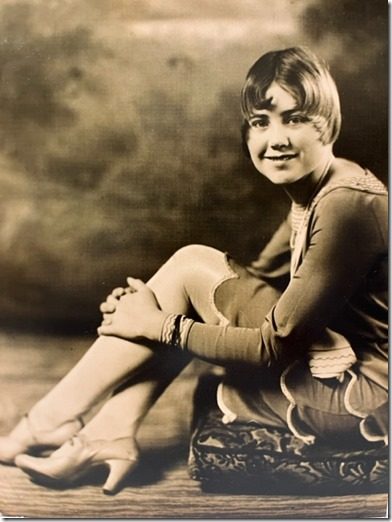
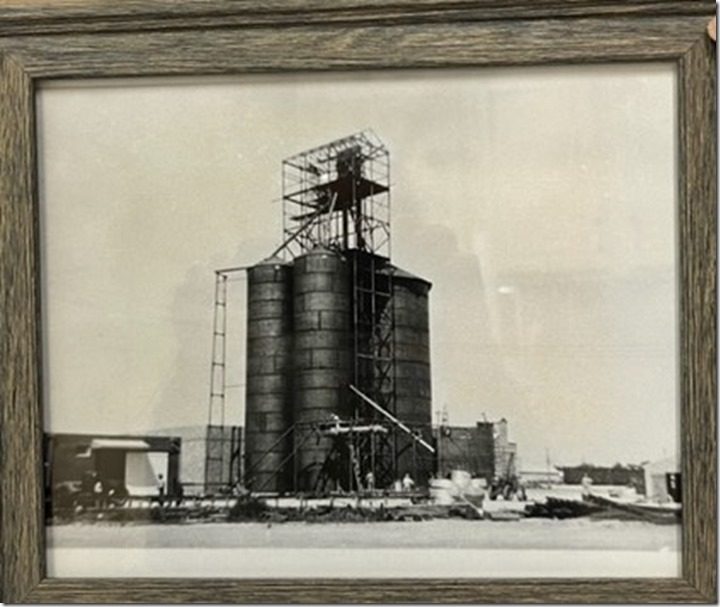
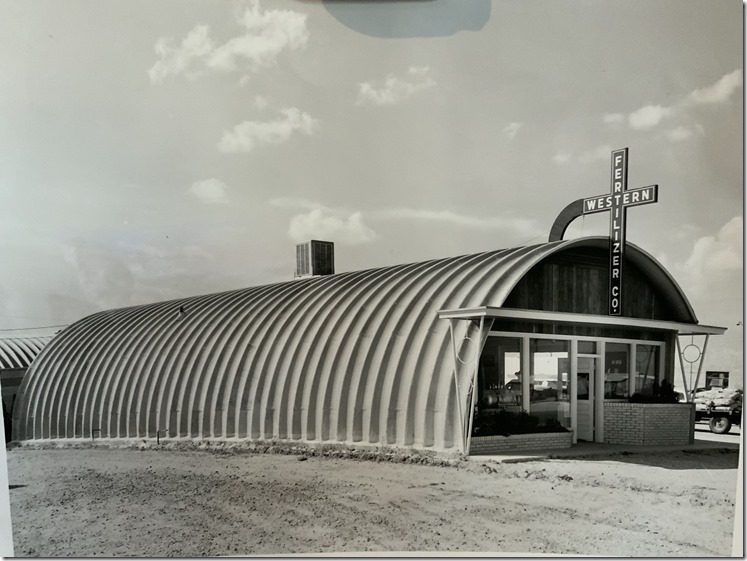
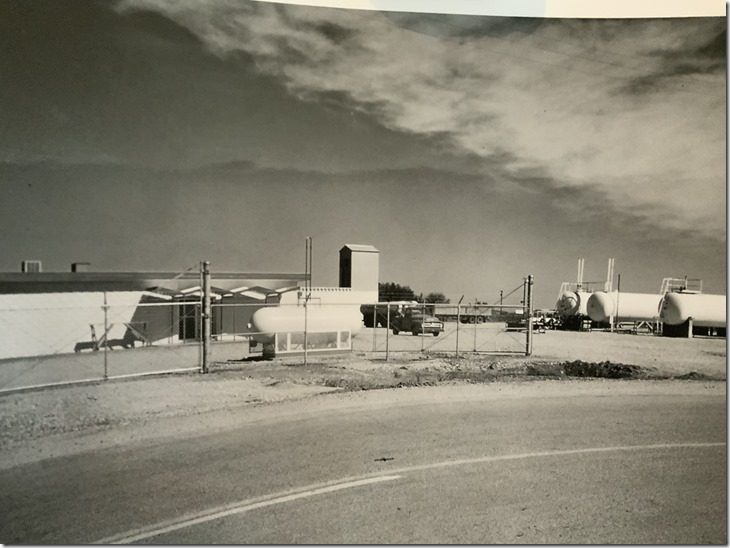
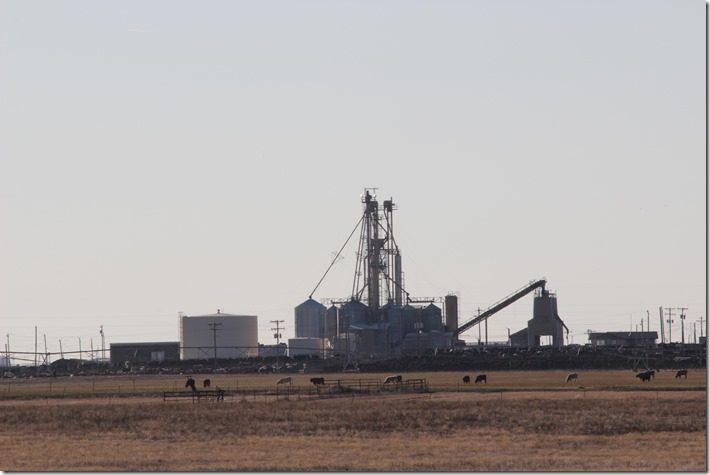
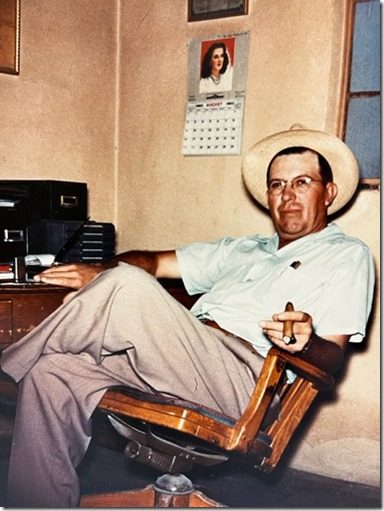
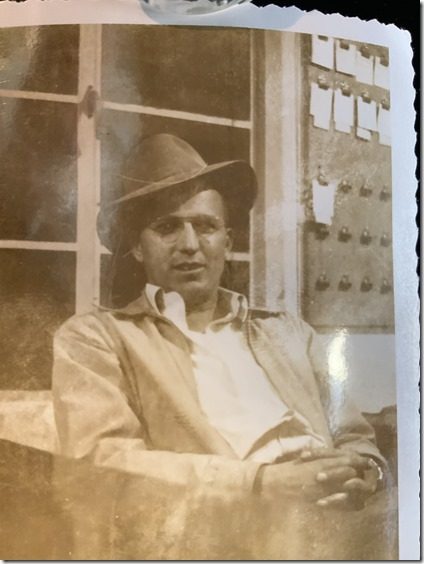
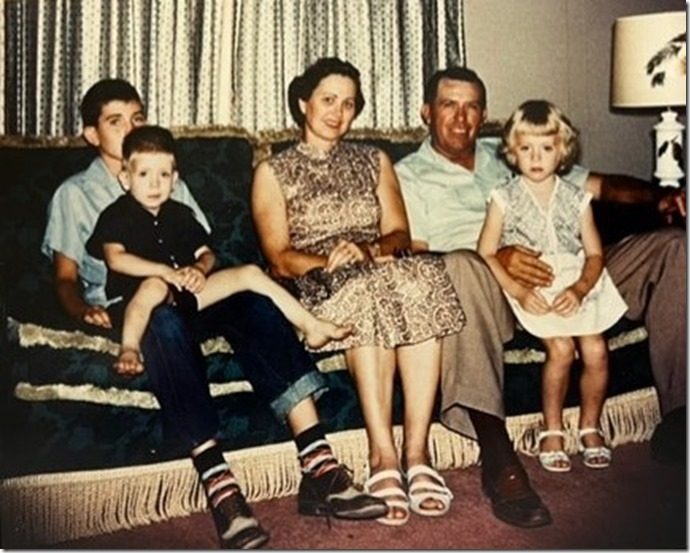
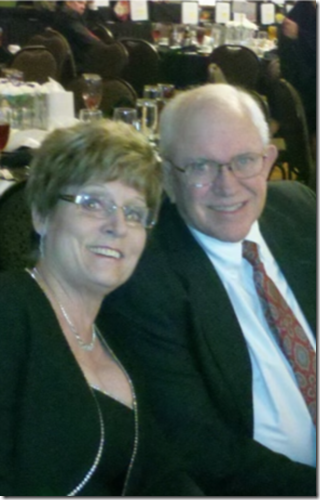
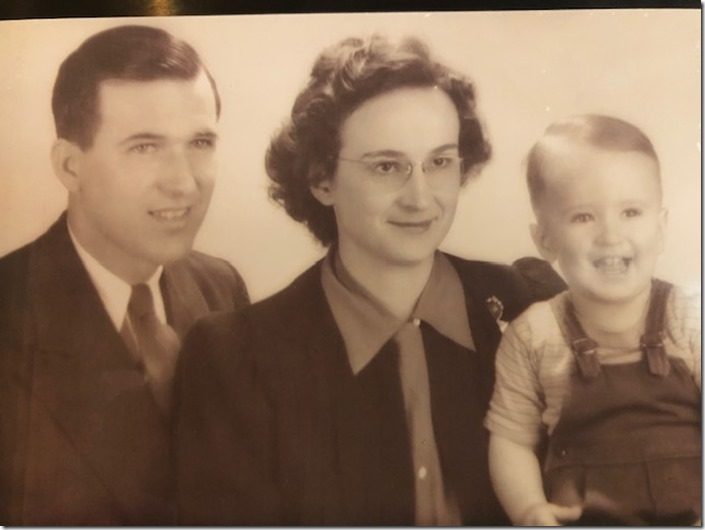
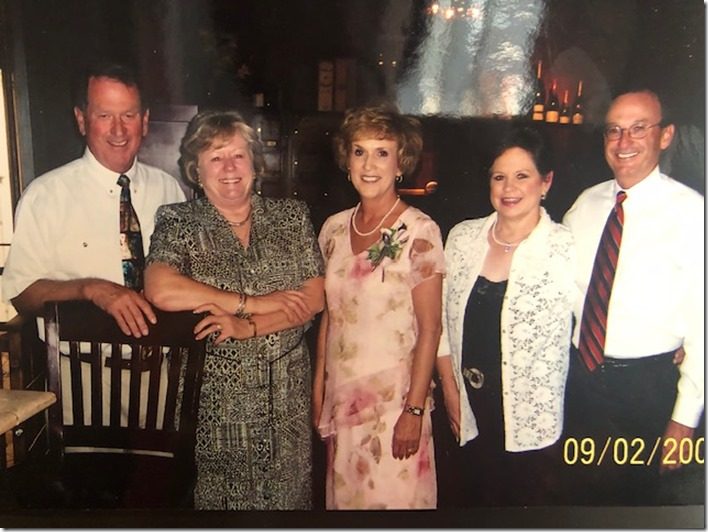
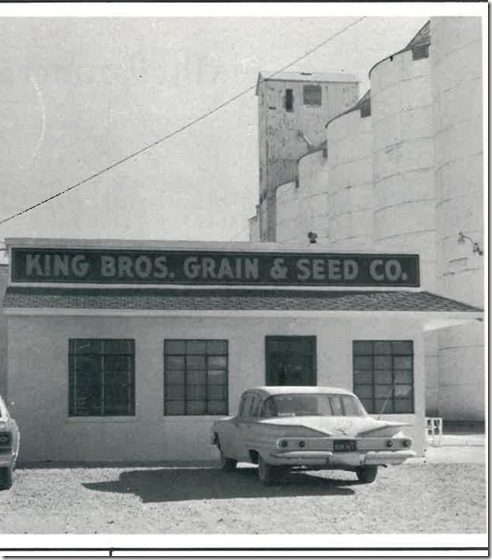
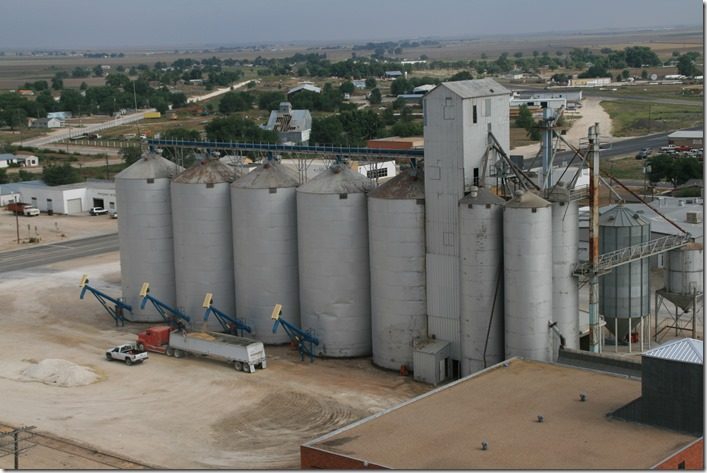
Great story 👏
Thanks.
Thank you so much! Love this!
Thank you. Glad you enjoyed the story.
Great story , love knowing the history.
Thanks. And there is quite a bit of Muleshoe history in this story.
This is so interesting. Thanks for the history of a wonderful family.
Thanks, Ruth.
Great memories. Thanks for the story.
You are welcome. I enjoyed doing it.